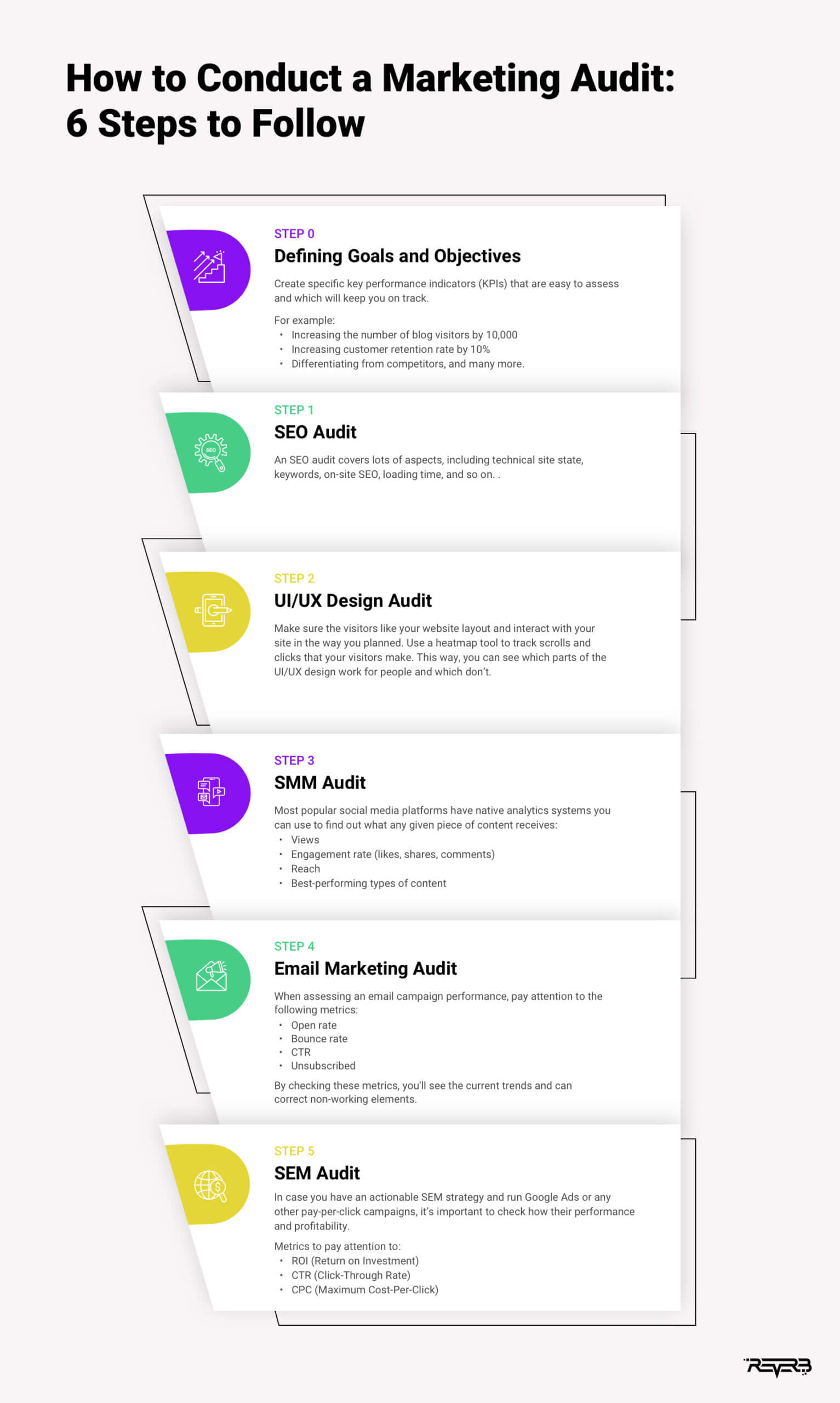As of 2022, affiliate marketing is a growing, already multibillion-dollar industry, with 8 in every 10 companies running a type of affiliate marketing program.
If done right, affiliate marketing can be a powerful tool to reach new customers and grow your business. Moreover, you can pay only for the generated leads, which is a significant advantage over other marketing options. It’s only reasonable to want a piece of that pie for yourself.
Developing a successful affiliate marketing strategy is not easy, but it is possible. You need to be patient and be willing to experiment a little bit. The most important thing is to find the right partners and to treat them well. Only then can you hope to achieve the level of success you desire.
In the article below, I provide some tips on how to develop a successful affiliate marketing strategy.
What Is Affiliate Marketing?
Affiliate marketing is a type of online marketing in which a business rewards one or more affiliates for each customer or visitor brought about by the affiliate’s marketing efforts.
The concept is simple: as a merchant, you pay other people or companies (affiliates) to promote your products or services. When they succeed in driving traffic to your website or making a sale, you pay them a commission.
Affiliate marketing is usually a performance-based marketing model, which means affiliates are only paid when they deliver results, such as a sale or a lead. This makes it a very cost-effective way to acquire new customers.
5 Easy Steps To Build A Successful Affiliate Marketing Strategy
1. Choose your affiliates carefully
The first step in developing a successful affiliate marketing strategy is to choose your affiliates carefully. Not all affiliates are created equal, and you need to find ones that are a good fit for your products or services and your target audience.
Here are a few things to look for when choosing affiliates:
- Relevance: The affiliate should be promoting products or services that are relevant to your business. For example, if you’re operating a bank, you should look for finance affiliate networks.
- Alignment: The affiliate’s values should be aligned with your own.
- Audience: The affiliate should have an audience that overlaps with your target audience.
- Performance: The affiliate should have a track record of delivering results.
In addition, you want to make sure that you treat your affiliates well. They are, after all, helping you grow your business. So, be clear about your expectations and be generous with your commissions.
2. Set your goals
Before you start working with affiliates, you need to set some goals. What do you want to achieve with your affiliate marketing program?
- Are you looking to generate leads or sales?
- Are you trying to reach a new audience?
- Are you trying to enter a new market?
Your goals will determine the type of affiliates you partner with, the commission structure you offer, and the kind of marketing activities you engage in.
For example, if your goal is to generate leads, you will want to partner with affiliates that are good at driving traffic to your website. You may also want to offer a higher commission for leads than for sales to incentivize affiliates to focus on lead generation.
On the other hand, if your goal is to reach a new audience, you will want to partner with affiliates that have a large and engaged following. And if you are trying to enter a new market, you will want to look for affiliates with a strong presence in that market.
3. Create a commission structure
Once you know what you want to achieve with your affiliate marketing program, you need to create a commission structure. There are many different ways to do this, but the most important thing is to be generous.
Affiliates are taking a risk by promoting your products or services, and they need to be compensated for that risk. So, don’t be stingy with your commissions. A good rule of thumb is offering commissions of at least 10-20% of the product or service price.
You can also create different commission tiers for different types of affiliates. For example, you can offer a higher commission for super affiliates who drive a lot of traffic or make a lot of sales. Or you can provide a lower commission for smaller affiliates who are just starting out.
4. Develop marketing programs
Once you have chosen your affiliates and set your goals, you need to develop marketing programs that they can use to promote your products or services. This will be the face of your affiliate marketing program, so you want to ensure it’s eye-catching and trendy.
There are many different ways to do this, but some of the most common include:
- Banner ads: You can create ads with a banner generator, which affiliates can place on their website or blog.
- Text links: You can provide text links that affiliates can use in their emails or social media posts.
- Product reviews: You can provide affiliates with products to review on their website or blog.
- Discount codes: You can provide affiliates with discount codes to share with their audience.
- Contest and giveaways: You can run contests and giveaways that affiliates can promote to their audience.
It is important to provide affiliates with everything they need to promote your products or services successfully. This includes everything from banner ads and text links to product samples and discount codes.
5. Track your results
Finally, don’t forget to track your results by conducting a thorough marketing audit. This is the only way to know for sure if your affiliate marketing strategy is working.

Some things you may want to track include:
- Website traffic
- Leads generated
- Sales made
- Commission earned
- Cost per lead
- Cost per acquisition
You can do this using analytics tools like Google Analytics or by working with your affiliate network. These tools will help you track your progress and see where you need to make changes.
Making adjustments to your affiliate marketing program is a normal part of the process. As you test and experiment, you will find what works and what doesn’t. The important thing is to keep track of your results so that you can make the necessary changes.
Conclusion
Developing a successful affiliate marketing strategy takes time and effort, but it can be a great way to grow your business.
Success is undoubtedly possible if you research affiliates well, set clear goals, offer generous commissions, carefully track the results and adjust accordingly.
The most important thing is to find the right affiliates and treat them well. Only then can you hope to achieve the level of success you desire.
If you do all of these things, you can create an effective affiliate marketing program that will help you reach your business goals.






